7 benefits of a wildflower garden — and why you should grow one
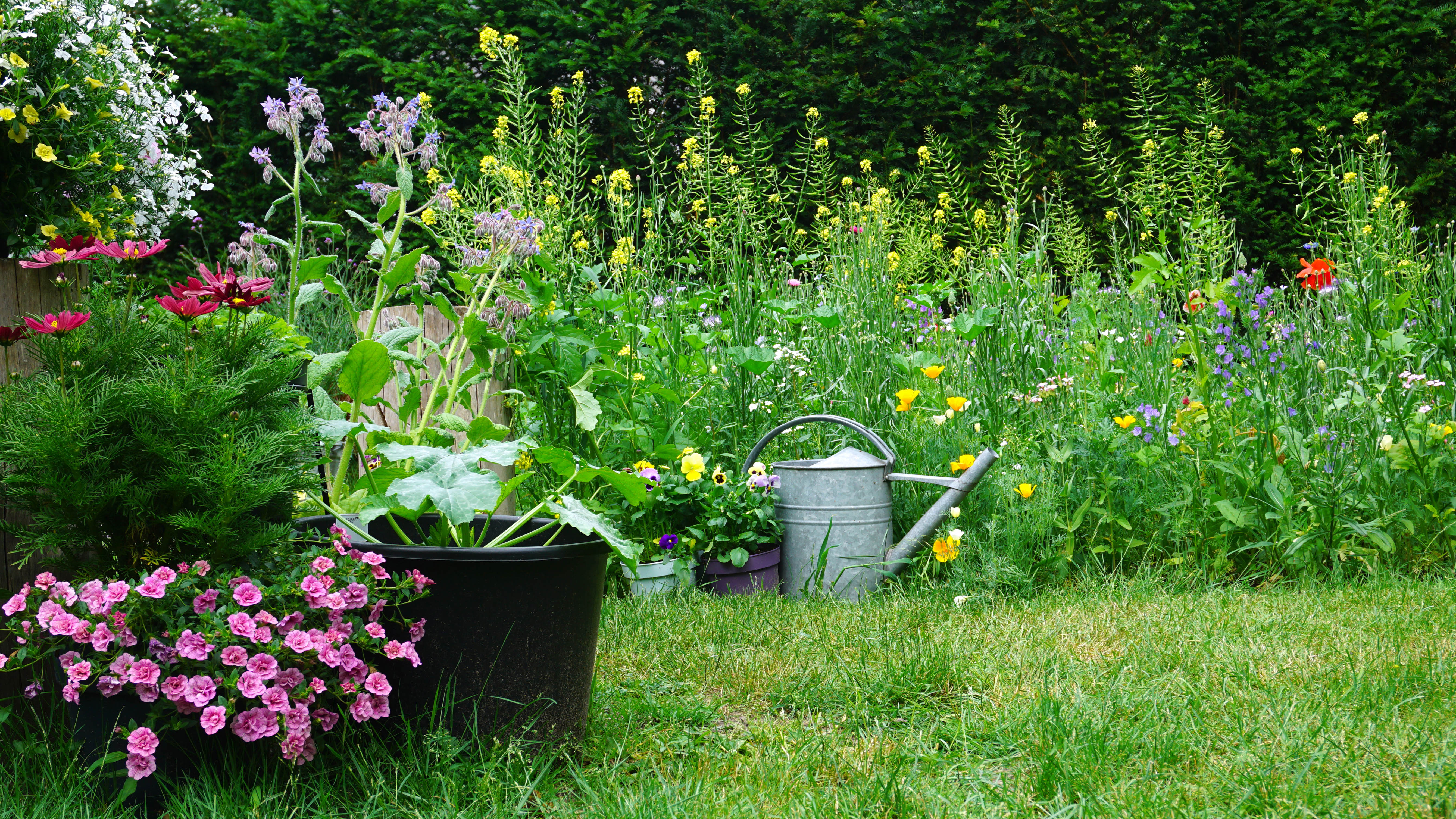
We all love our lawns — that’s why we spend so much time on them. From cultivating the land, to learning how to plant grass seed the right way, to watering it and mowing it; we will do almost anything to get the grass looking greener. But, does this maintenance and expense get a little much for you at times?
The perfect lawn is a time-consuming commitment to say the least, but there is something easier and more beneficial you can add to your yard. We’re talking about wildflower gardens.
Wildflower gardens are growing in popularity as more people realize the benefits on offer — not just for themselves, but for the environment too as they can attract butterflies and other pollinators into your yard and are one of the alternatives ways to attract pollinators to your yard during No Mow May. Some are replacing small sections of the lawn with these displays, while others are taking advantage of them in hard-to-grow areas. If you’re keen to learn about the benefits of growing wildflowers and why they’re gaining momentum in our yards, we’ve listed 7 of them here.
Plus, here are 5 expert tips to help your plants survive the heat wave, 7 best plants to grow in clay soil and 9 benefits of a clover lawn and why it's a sustainable choice.
1. Easy to grow
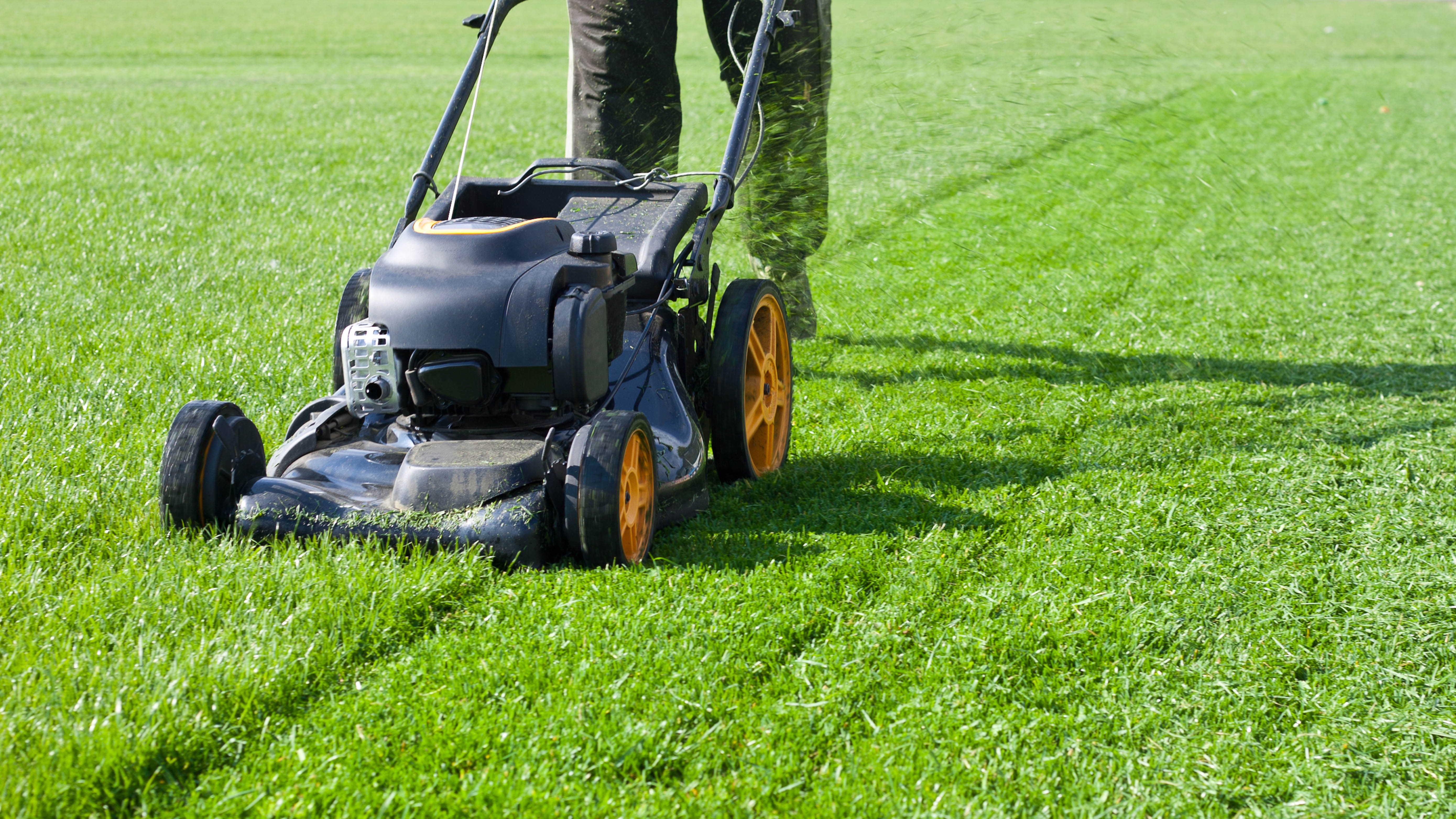
Wildflowers are, well, native flowers that grow in the wild. Because of this, they’re naturally hardy and require minimal care to grow. Attention will be necessary while growing such plants from seed at first, and you will need to keep an eye out for weeds all the same — here are 7 ways to kill weeds naturally. But, once established, relatively little care will be needed, especially when compared to maintaining a lawn.
You wont need to mow the space regularly, fertilizer won’t be required, and you won't have to water so often either, if at all — we will cover this last point more later. You may want to get out the best pruning shears and cut back your wildflowers by a third in the late spring or early summer. This can encourage healthier growth and provide more air circulation. But, otherwise a wildflower garden is meant to look wild, so you don’t need to worry about keeping things neat and tidy — that’s the beauty of it.
2. Cheaper to maintain
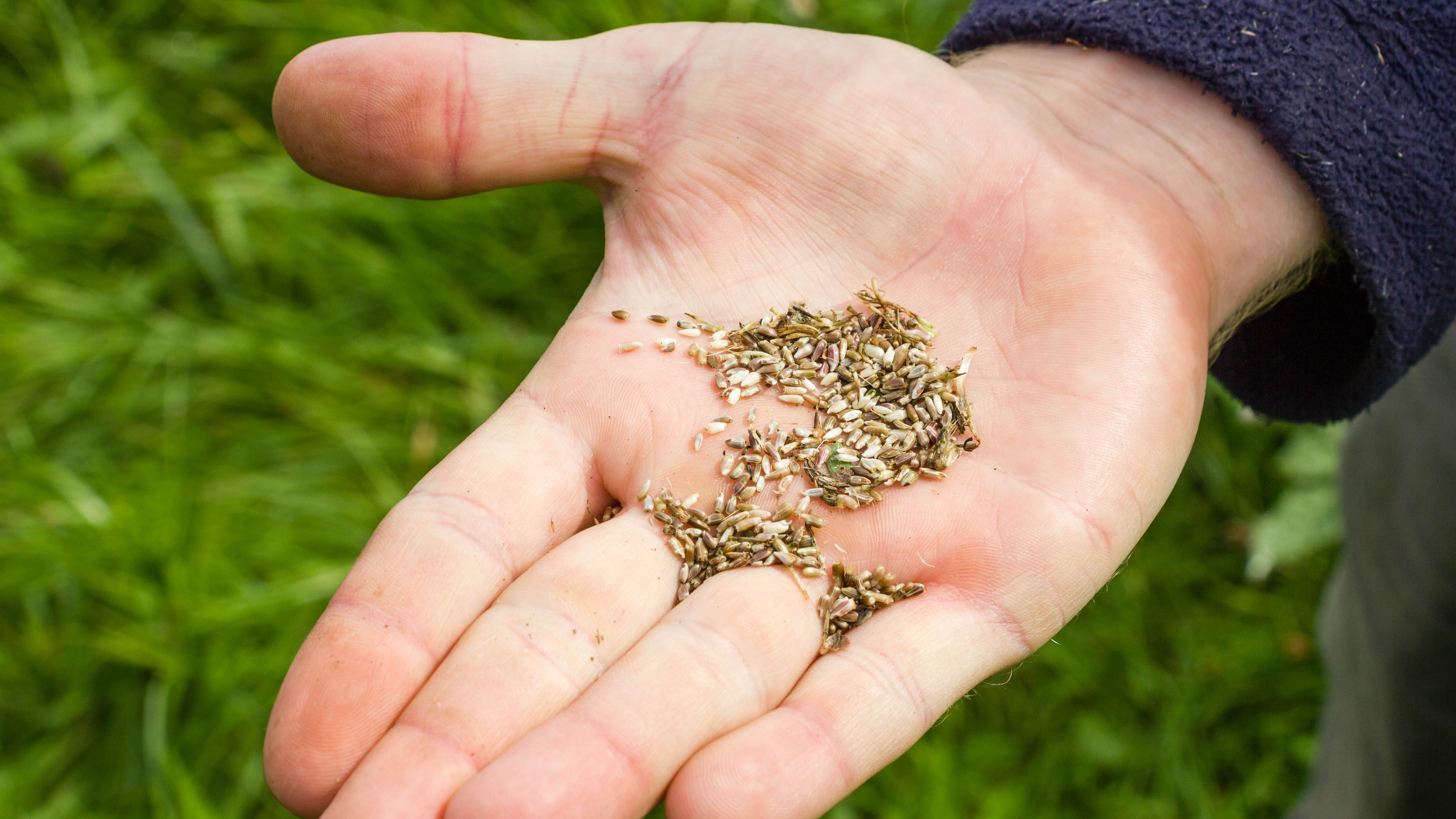
Lawns as well as standard flower beds can be expensive to upkeep when you think about it. There’s the cost of the ongoing water supply, fertilizers, energy or fuel for the lawn mower, and the cost of fresh seeds or plants. And if you’ve hired someone to take care of your yard then this adds all the more.
Get instant access to breaking news, the hottest reviews, great deals and helpful tips.
The great thing about wildflowers is how little they cost to grow and maintain. The seeds are affordable and widely available, they cost little once established due to the reduced maintenance, and many varieties self-sow to give you an ongoing supply of fresh flowers too. So if you’re looking to add some natural beauty to your yard, and want to reduce your ongoing costs at the same time — a wildflower garden could be the way.
3. Drought tolerant

Wildflowers are generally drought tolerant once mature and can survive on regular rainfall alone. This saves you both effort and money in terms of watering as mentioned earlier, but it also means wildflowers can be a useful solution for sunny, uncultivated spots in your yard where other plants may fail to grow. It’s much better to fill in these spots rather than leave them bare, otherwise it can encourage weeds. For more ideas, see 7 plants that prevent weeds in your yard.
Wildflowers typically prefer full sun, so keep this in mind when picking out the best spot in your yard. Even partial shade can hold back your wildflower garden and prevent it from thriving. Monitor your potential spot for a day and check the lighting conditions are sufficient. Keep in mind that nearby trees and structures could become sources of shade later in the day or even during different seasons.
While wildflowers are drought tolerant once established, they will need regular access to water when growing from seed. The soil should be kept moist, watering a couple of times a day at first. Once the seedlings break through the soil and grow into young plants, you can start to cut back and water less regularly, but keep the soil moist for the first 6 weeks for best growth. Once fully mature, remember to water during particularly hot spells all the same.
4. Food for wildlife and insects
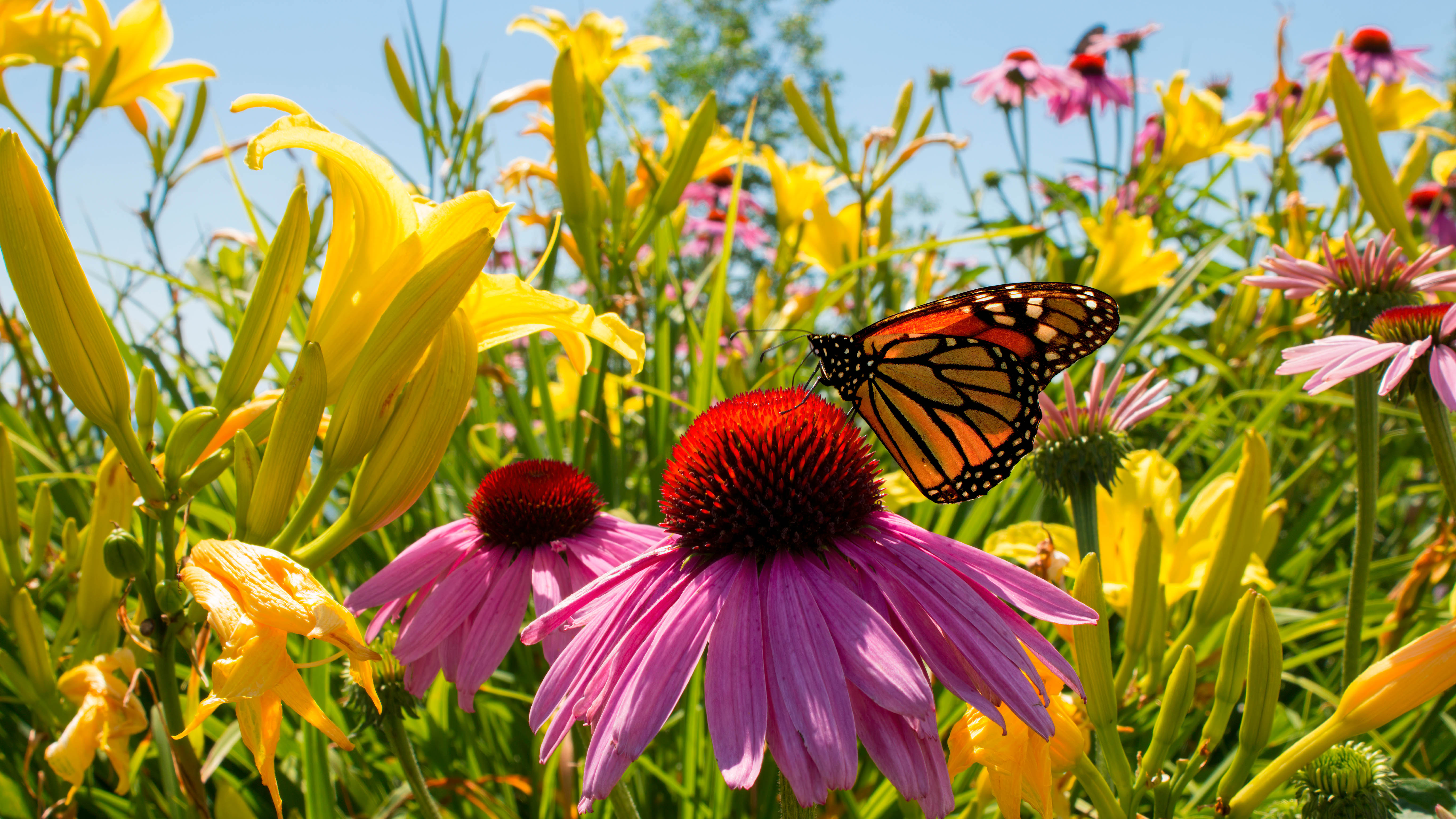
One of the great things about a wildflower garden is that it will attract beneficial pollinators to your yard, such as hummingbirds, bees and butterflies. Your wildflower garden will supply the necessary food to keep such insects and animals abundant, which is good for nature as well as other plants. Pollination is necessary to grow fruit and vegetables — so you'll be doing your own crops a favor.
Predatory insects, such as ladybirds, hoverflies and praying mantises will also be attracted to your yard as a consequence. These insects can help control any pests, including pesky aphids, saving you from unnecessary plant damage and having to apply pesticides, which also aren’t good news for the environment. Here are 9 things to consider before using pesticide in your yard.
Wildflowers can provide food and shelter for native birds as well. To name a few, sparrows, doves, finches and quail enjoy eating the seeds. So, once your flowers have finished blooming in the fall, you can just leave the seed heads in place — don’t dispose of these at this time of year; it supplies a much needed food source for hungry birds over the winter.
5. Better for the environment
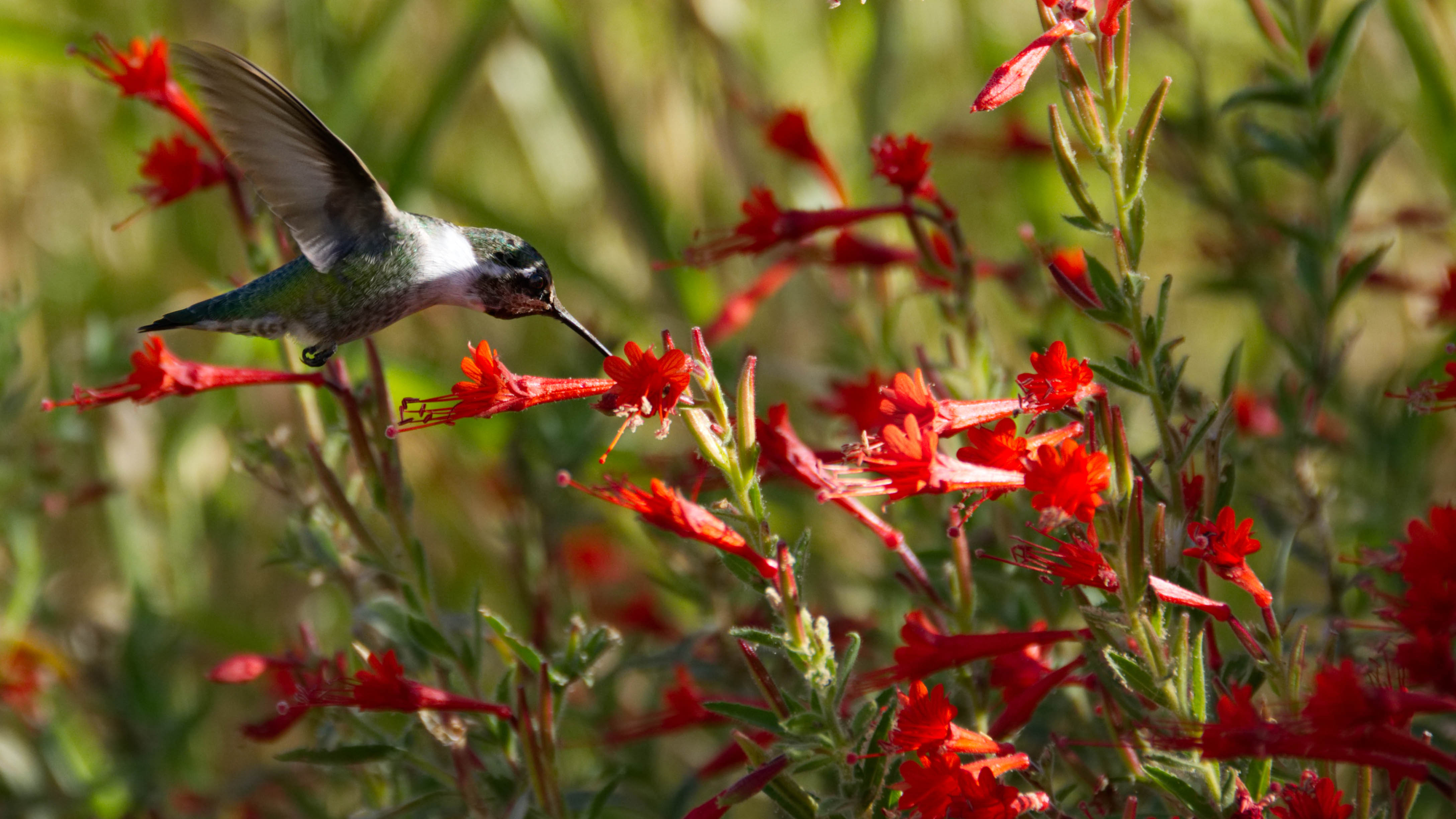
As well as helping out the local wildlife by contributing to the food chain, wildflower gardens are beneficial for the general environment because they support biodiversity. There are countless species of plants in your typical wildflower garden, and by growing them you’re encouraging more diverse growth elsewhere. A wildflower garden naturally takes in carbon dioxide to grow as well, so you’re promoting a cleaner atmosphere in the process.
When growing wildflowers, keep in mind you must stick to native plants. Seeds are often sold as a mix, and it can be tricky to check each plant’s suitability in such cases — sometimes weed seeds can even find their way in. That’s why it’s often better to buy a selection of dedicated seeds, and create your own mix which you know is fit for your area. If you plant something which isn’t native, it will either struggle to thrive, or in the worst case, it can become invasive and spread. Check out these 9 invasive plants to keep out of your yard.
Depending on where you live, the same plant can be viewed as a wildflower or an invasive weed — it's growth may be discouraged or even prohibited. Always follow local rules and the USDA Plant Hardiness Zone for guidance and do your research so you know what you’re growing.
6. Prevents soil erosion
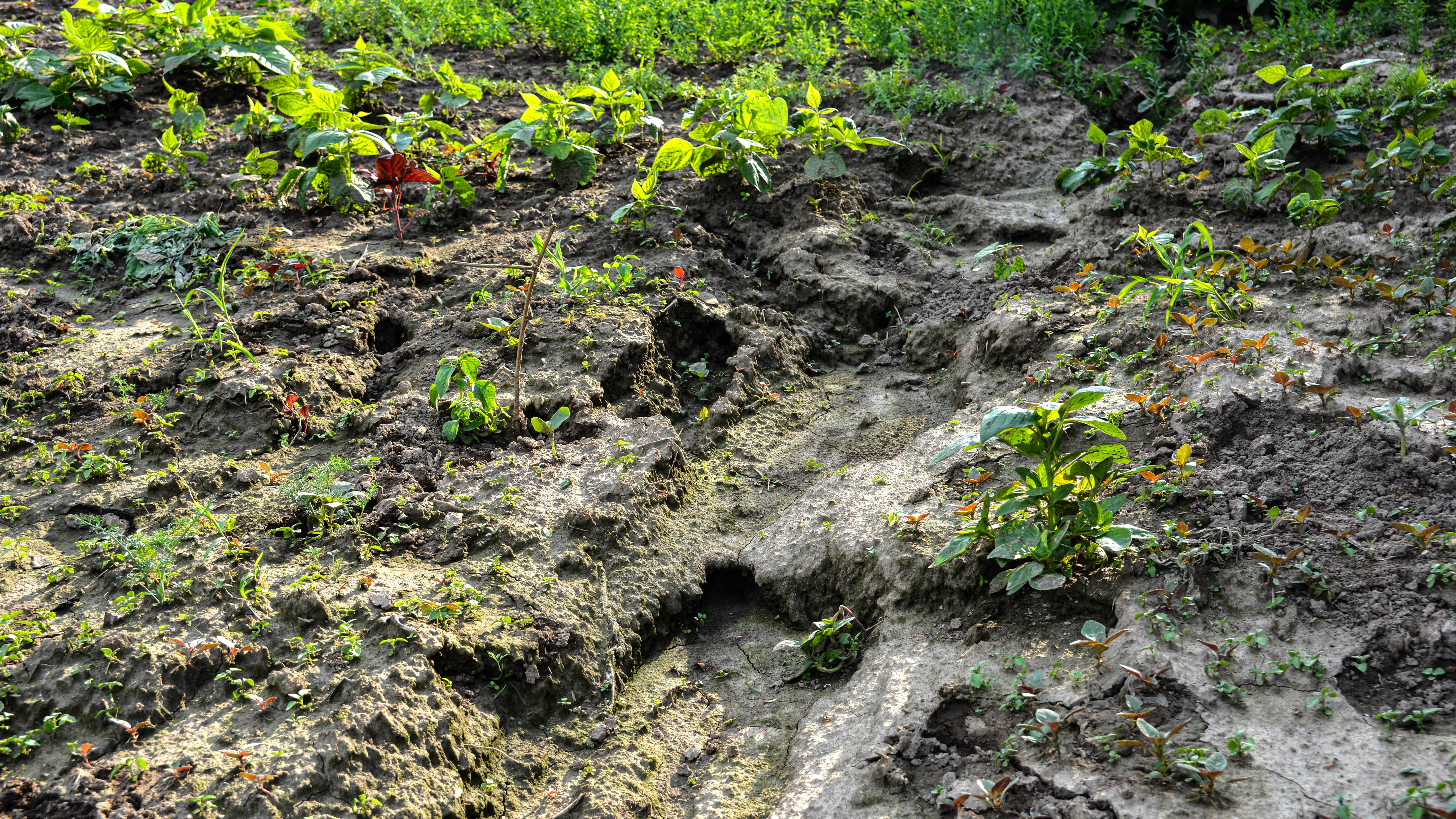
Soil erosion occurs on slopes of land where the topsoil layer is swept away over time, usually by wind and rain. Slopes can cause issues in a yard for this reason — plants, including grass, can be tricky to grow, so you’re left with open patches of soil where hardy weeds can take root.
But, wildflowers can actually help prevent soil erosion. This is because their roots form a deep, knitted system once established, which can help stabilize the soil. They’re much like ground cover plants for this reason — one of the 7 uses for ground cover plants. In fact, when grown in abundance, wildflowers can help alleviate flooding because the roots hold onto the water and nutrients. So you don’t need to worry about wildflowers drying out easily when grown on a slope either.
7. Pretty
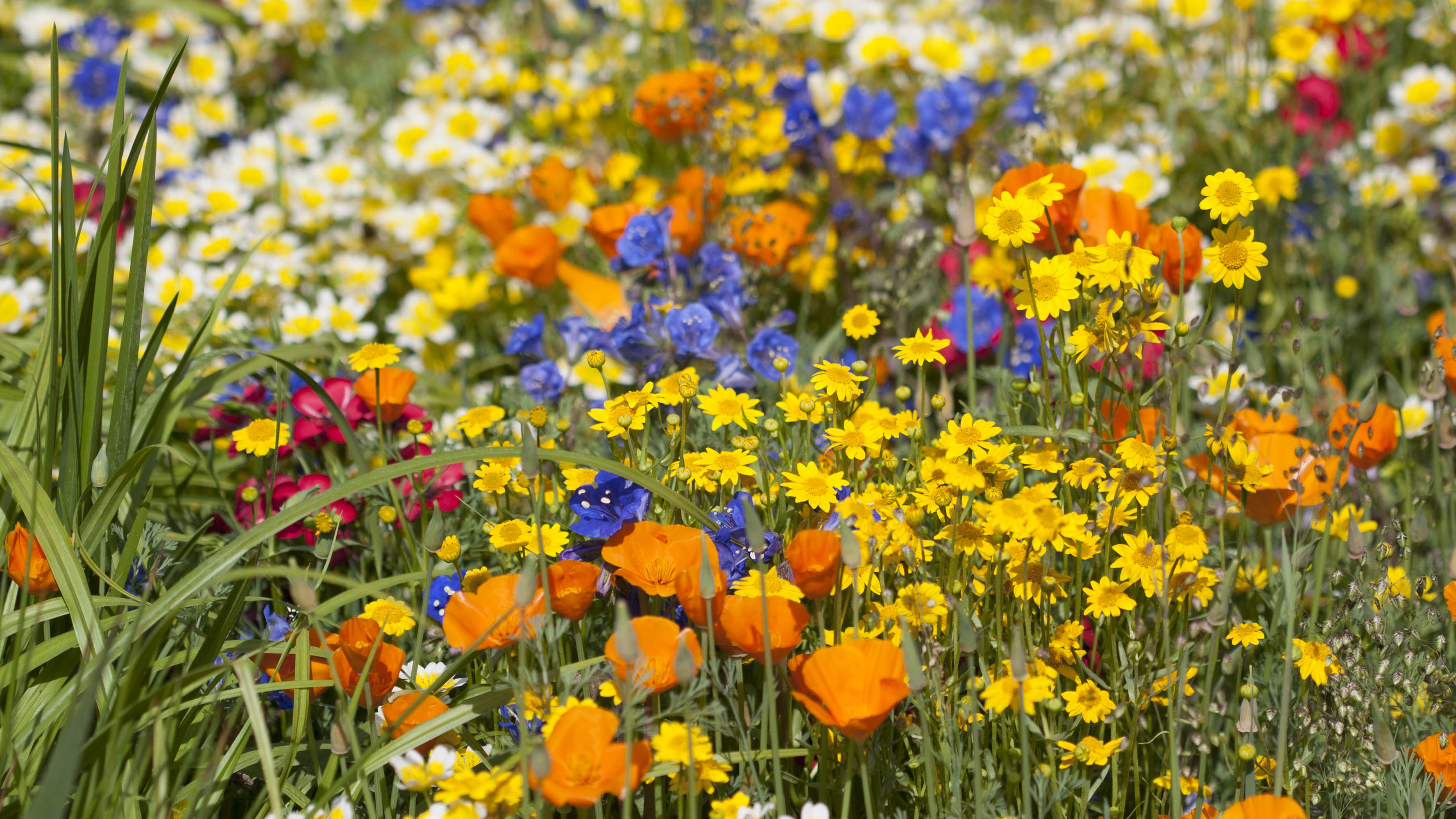
Finally, we can’t downplay the prettiness of a wildflower garden. There’s a never ending list of varieties that you can grow, leading to all sorts of colors and shapes. And when nature is left to itself, it can create a breathtaking display. While green and even lawns appear uniform and tidy, the untouched appearance of a wildflower garden can bring your yard back to nature, and introduce a more relaxed and peaceful atmosphere.
Let’s not forget the added wildlife you will encourage into your yard too. With hummingbirds and butterflies frequenting your wildflowers, there’s no end of movement. Such as display is much better to look at versus any open patches of soil as well.
More from Tom's Guide

Katie Mortram used to be a Homes Editor for Tom's Guide, where she oversaw everything from kitchen appliances to gardening tools, as well as smart home tech. Specializing in providing expert advice for cleaning and home manintenance, she now works as Household Advice Editor for Good Housekeeping.
